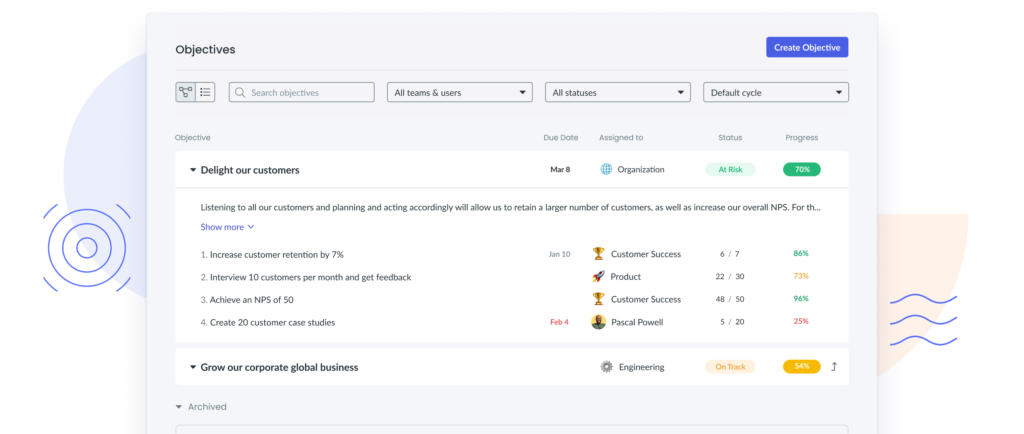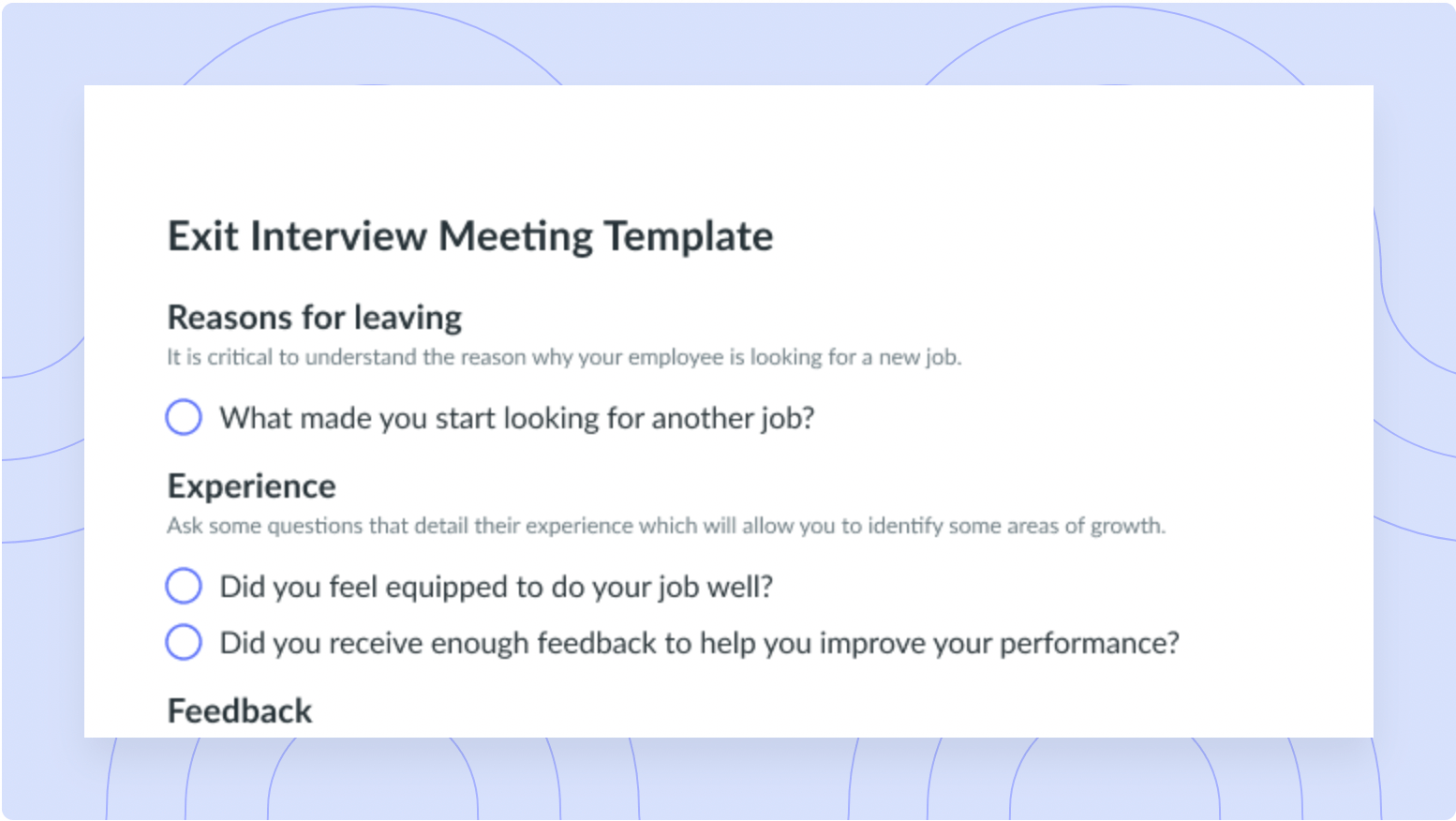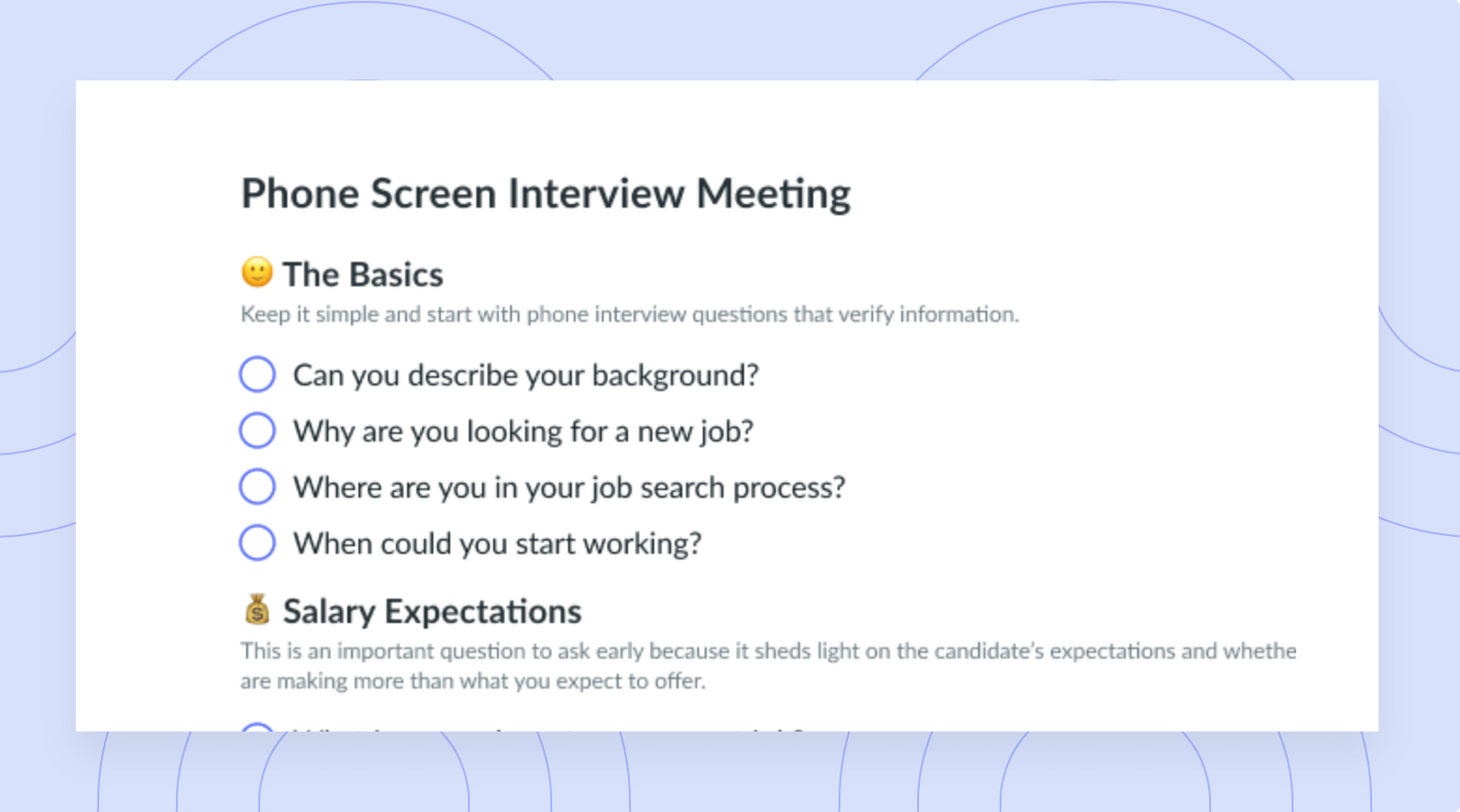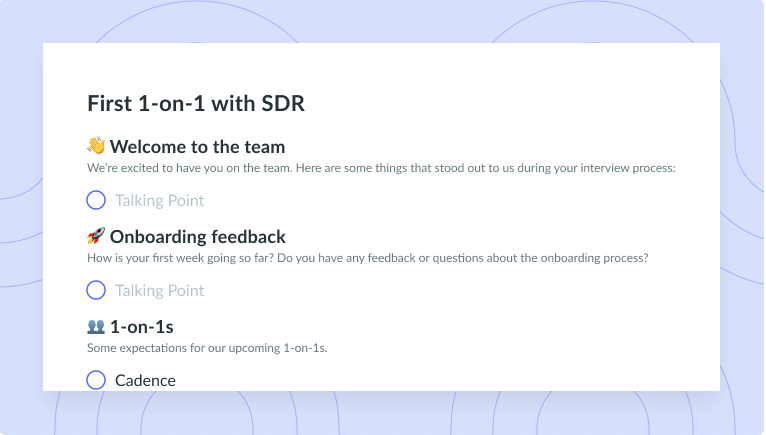What is Reskilling? The Benefits & 6 Best Practices
Employees need to know how to thrive in a constantly changing environment. Here’s everything you need to know about reskilling.
There are so many scenarios in which employees need to learn new skills. Whether voluntarily or as a result of specific circumstances, such as adapting to a completely remote work setting, it’s essential that leaders gain an understanding of how they can help their employees reskill and reap the various benefits. Reskilling and upskilling are related to any kind of training, learning, or development that enhances an employee’s skills so they remain capable and effective despite changes in their job or environment. For individuals to remain relevant in their positions, a company should invest time and energy into reskilling and upskilling.
This article will cover what reskilling versus upskilling is, the benefits of reskilling, and some best practices that you can implement with your team to get the most out of a growing company, optimizing versatile skill sets and different knowledge experiences to develop your top employees.
Reskilling versus upskilling
So, what is reskilling? Reskilling involves learning completely new skills that are foreign to or different from those required in a given role. Reskilling is often required when an employee is preparing to work towards a promotion, make a lateral move, or take on a new responsibility in their current position. When a company identifies that there is a skills gap, an effective way of addressing this gap is to reskill the organization’s workforce and identify which employees would be best suited for learning new skills or competencies required for the company to succeed.
As an alternative, upskilling involves employees adapting to the changes that are taking place in their roles, in the company, or in their environment—for example, if the company comes under new management, employees are moving towards working fully remotely, a new software package is implemented, particular tasks are automated, or the organization is adapting to a merger or acquisition. Rather than learning new skills (which is required in reskilling), upskilling focuses on adding to an existing skill set in a given position. In upskilling, the aim is for employees to add to an existing body of knowledge rather than to learn something completely new.

Managing a team?
Take control of your team meetings by having collaborative meeting notes and encouraging accountability with action items. Try a tool like Fellow!

The benefits of reskilling
- Reduces employee turnover
- Encourages career growth
- Avoids the hiring process
- Decreases training costs
- Allows employees to develop new skills
1Reduces employee turnover
Reskilling is advantageous because it reduces employee turnover. When a company invests in the learning and development of its employees, supporting them and empowering them to gain new knowledge, employees are much more likely to stay working at the organization. It’s absolutely essential to ensure that leadership is providing support and guidance for this reskilling so employees don’t feel overwhelmed or isolated in their efforts to gain a new skill or competency. This will ensure you’re retaining your top employees, driving higher employee satisfaction, and increasing your talent pool, which means that your organization remains competitive in the market. You’ll also see reduced costs as a result of eliminating staffing needs.
2Encourages career growth
Career growth is encouraged with the process of reskilling because employees become more eligible to advance into other positions within the organization. Once an employee has confidently acquired a new skill, they will likely feel more motivated to use this newly acquired knowledge and put it into practice. This may then encourage more career conversations between the employee and their manager and open new opportunities for career growth or advancement.
3Avoids the hiring process
Rather than needing to hire new employees who possess the skills that you require to attain your business objectives, reskilling allows you to retain your employees and train them into the positions that you need filled. This allows the company to avoid the hiring process, which is both costly and time-consuming. Moreover, when you invest time and energy into training and developing your existing employees, it lets them know that they’re valued and supported. When employees know they’re valued, they’re more satisfied at work and much more likely to stay working at the company.
4Decreases training costs
Reskilling can also decrease your training costs if there are opportunities to engage in on-the-job learning, such as shadowing opportunities. Many organizations also offer in-house training that does not come at an additional cost to the company. With reduced costs related to training, workshops, tutorials, guest speakers, and other means of development, the organization’s budget can be reallocated to areas that require more attention and funding.
5Allows employees to develop new skills
Most employees want to acquire new competencies and knowledge. Reskilling gives employees the opportunity to develop new skills and become more confident in their given positions. It’s important for the leadership team to make considerable efforts to align employees’ personal interests and goals with the company’s business objectives. This will ensure that employees are motivated to engage in reskilling and ensure they are well suited to fill the skills gap in a given area.
6 reskilling best practices
- Discover which employees have transferable skills
- Understand employees’ current skills
- Plan for how to address skills gaps
- Provide both internal and external training
- Set clear goals
- Be flexible
1Discover which employees have transferable skills
Many skills happen to be transferable across roles and even across different industries. Helping to connect employees’ previous experiences to new opportunities will create less of a learning curve. This means that employees are more likely to adopt new skills with greater ease since they already have some related background in the area. Whether you’re looking to promote an employee or have them move onto a different team, be sure to consider which employees have existing skill sets that will support them in reskilling and ultimately filling the business requirements more effectively.
2Understand employees’ current skills
If you have identified that reskilling is necessary, it makes the process much more seamless if you’re aware of and thoroughly understand each of your employees’ current skills, strengths, and areas they may need to work on. Having this understanding will allow you to allocate employees to appropriate training, development, coaching, or shadowing opportunities. It’s essential to conduct regular one-on-one meetings with each of your team members to ensure you stay aware of their current skills, what they’re working towards, and which kinds of opportunities are arising that you can provide them with.
3Plan for how to address skills gaps
Another best practice for reskilling is planning how to address your skills gaps. Before you even begin to address any skills gaps, you need to take the time and spend the effort learning why these gaps exist. A skills gap is where your employees lack a particular skill or set of skills that are necessary to reach certain organizational objectives. When it comes to employers, a skills gap is often signaled by a productivity loss, a loss in morale, higher turnover rates, a lack of problem-solving abilities, and a loss in profits, which can be very costly. When these signs begin to surface, it’s very important to determine which skills would be able to fill the skills shortage that has been identified and how, whether through hiring new talent or providing training and development opportunities to current team members.
4Provide both internal and external training
Providing a healthy mix of internal and external training will ensure that employees are exposed to an assortment of knowledge. In your one-on-one meetings with each of your employees, task them with selecting some internal and external training that seems interesting to them and see how you may be able to meet their personal interests and business goals simultaneously. Giving employees the autonomy to select which training they would like to participate in will maximize their chances of actually enjoying their experience and therefore will increase their chances of retaining valuable information and skills to apply in their role.
5Set clear goals
When you set clear goals with your employees, you ensure that you both understand what is required to attain these goals. Discussing which steps need to be taken makes the goals more realistic and tangible. A great way of setting clear goals is by using SMART goals. With an effective management tool like Fellow, you can stay on top of your team’s goals by clearly recording, defining, and tracking the progress of your objectives and key results (OKRs) in Fellow’s Objectives tool.
Fellow makes it easy to create new objectives, specify key results, track progress, and update contributors. Each team member can create their own private or public OKRs or create team-wide objectives—all they’ll need to do is visit the My Objectives section. Also, making company goals transparent can help improve overall workplace happiness, engagement, and alignment. These goals help employees see the bigger picture and understand how they can contribute.

6Be flexible
Lastly, be flexible when it comes to reskilling your workforce. You may think that your reskilling plan is solid, only to notice that some employees may not be working as effectively as you hoped in their new positions. As such, you need to remain flexible and open to moving employees around to ensure that everyone is a good fit and that everyone feels satisfied with where they’re at. Learning new skills and competencies is never a waste, so just because someone has made an effort to acquire a specific skill, it doesn’t mean that they should be locked into a particular role.
Parting advice
Learning how to effectively reskill your workforce as a result of varying situations will help ensure that your organization stays relevant. Organizations are now growing at an increasingly rapid pace due to socio-political factors as well as the advancement of technology. With technology constantly being replaced and upgraded, it’s more important than ever to understand how to continuously reskill your employees so you can adapt to the ever-changing work conditions and organizational needs. Improve and evolve your company knowledge by implementing these reskilling best practices in your organization.




























